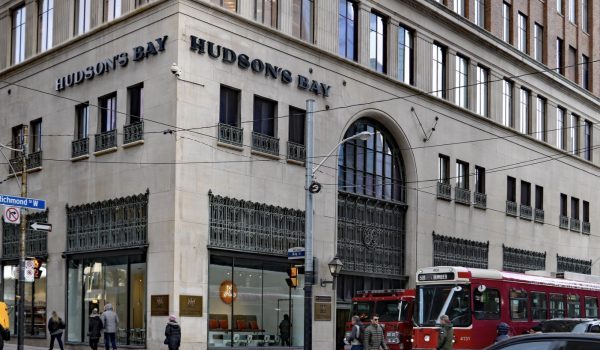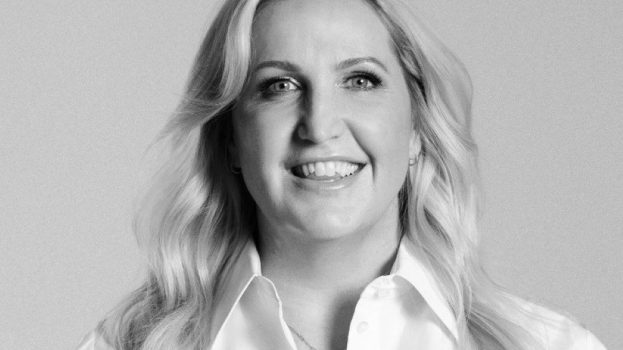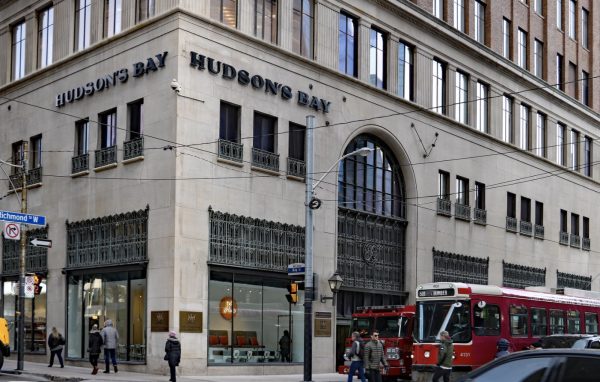Better late than never.
That seems to be the reasoning behind the curious timing of Big Rock Brewery’s decision to plan a national marketing strategy now, just as the hottest season for beer sales is reaching its climax.
While the Calgary-based microbrewery, which has been in business since 1985, enjoys about four per cent of the Alberta beer market, it barely registers as a brand in the other provinces in which it sells, particularly Ontario, according to Big Rock general manager Andrew Jones.
In an effort to change this, the brewery this month hired Parallel Strategies, a division of Axia Multimedia Corporation (also of Calgary), to build the brand nationally. It wants not only to improve its share in the Alberta market, but also gain a stronger foothold in the major markets of Ontario and b.c.
Up to now, Big Rock’s marketing has been largely grassroots, according to Jones. The brewery has tried to build brand awareness by sponsoring arts and community events, but has depended mostly on word of mouth.
Now, he says, the brewery is ready for the next level.
The timing of the decision to mount a national effort, although far from ideal, was unavoidable, says Jones, adding he’s been on the job for only a few weeks. (Before joining the brewery, he was national sales manager for Toronto-based Illy Espresso Canada). Meanwhile, the new manager of marketing and communications, Janine Calb – who has the distinction of being the company’s first senior marketing manager – just joined the brewery July 20.
Not surprisingly, the ad budget hasn’t yet been set. However, Jones says he’s hoping to have some minor marketing initiatives in place by the end of August, after which the brewery will launch small-scale campaigns throughout the year – all in preparation for next summer’s beer marketing wars.
Because Calb was unavailable at press time, it’s impossible to say with any assurance what direction the company will take on the marketing front. But Jones says that the quality of its nine ales will be the focus of any brand identification.
Jones is quick to point out that Big Rock won’t be going head to head with the country’s two big breweries, Molson and Labatt, which together dominate about 94% of the Canadian beer market. Instead, priced at a point just below Upper Canada brands, it will attempt to increase the size of the craft market overall.
It’s a segment that’s bound to grow, predicts Jones, particularly in Ontario, where the concentration of wealth and ethnic influences have meant consumers are becoming more sophisticated and discerning in their tastes. He points to the growing popularity of such premium products as olive oil, biscotti and scotch – all of which demand a certain amount of knowledge on the part of the consumer before he or she can make an educated buying decision.
Because Big Rock ales are ‘pure beer’ and so use only the four ingredients necessary – water, hops, yeast and malted barley – Jones says he expects the brews will appeal to this kind of quality-conscious buyer.
‘People are lusting for information,’ he says. ‘This bodes well for us.’
Howard Thompson, vice-president of sales and marketing for Creemore Springs Brewery in Creemore, Ont., says he’s not convinced there’s room for a lot of growth in the craft brew market.
‘There are still people who talk about double-digit growth in the segment,’ he says. ‘I don’t believe it myself.’
He says it’s more likely specific companies – particularly advertising-heavy Sleeman – are enjoying such growth, rather than the entire category.
Thompson says there is a finite level of acceptance for all flavor profiles, including specialty craft beers. ‘There isn’t even room for all the brands that are out there,’ he says. Fortunately, however, a natural attrition rate frees up space for newcomers, he says, adding that quality products will sell, no matter how crowded the shelves become.
Still, Thompson says that Big Rock has a challenge ahead. ‘Part of the appeal of microbrewed products is the local aspect,’ he says. That’s why a product like Upper Canada does so well in Ontario and Big Rock does so well in Alberta. But can that appeal – which is based on regional loyalty – spread across an entire country? That’s the big question, according to Thompson. He points out that it can be done – if enough money is invested in the marketing of the product.
For example, he says, Boston’s Samuel Adams brand has managed to gain popularity in markets outside of New England and now enjoys a healthy national distribution. ‘But Sam Adams hit the ground with a huge marketing machine,’ he says.























